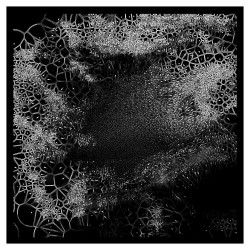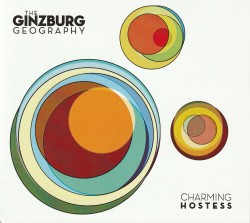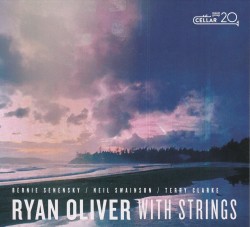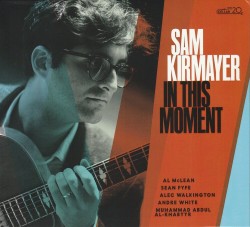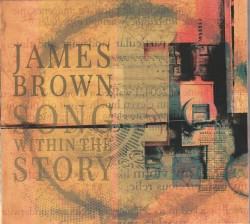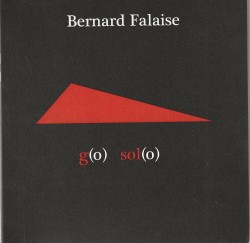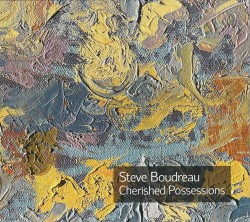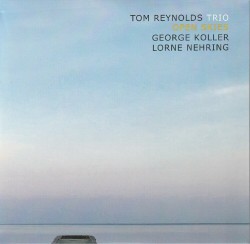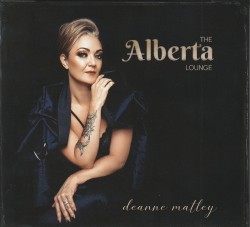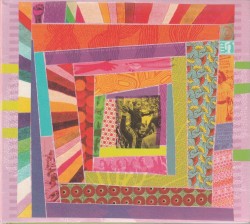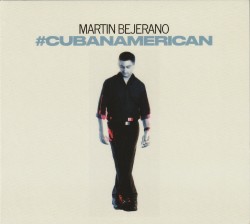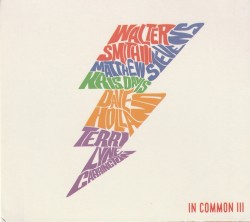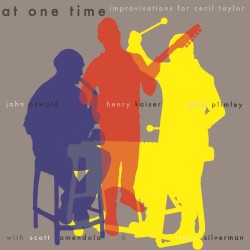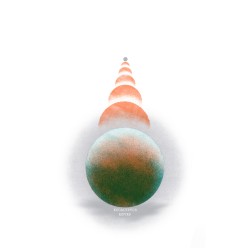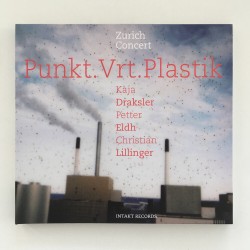Andrew Paul MacDonald: Music of the City and the Stars - Andrew Paul MacDonald; Quatuor Saguenay
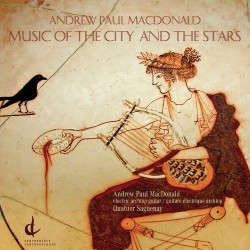 Andrew Paul MacDonald – Music of the City and the Stars
Andrew Paul MacDonald – Music of the City and the Stars
Andrew Paul MacDonald; Quatuor Saguenay
Centrediscs CMCCD 29622 (cmccanada.org/shop/cd-cmccd-29622)
Andrew Paul MacDonald is a composer and guitarist who taught music at Bishop’s University in Lennoxville, QC from 1987 to 2021. His compositions have been performed around the world and he has released dozens of works for chorus, brass quintet, opera and orchestra. Music of the City and Stars is his 20th album and has MacDonald on archtop guitar paired with the Quatuor Saguenay string quartet (formerly the Alcan Quartet). There are two multi-movement works on the album, Lyra and Restless City. Lyra is played in seven short movements with no breaks and tells the story of the god Hermes’ invention of the lyre. The titles (including Orpheus and the Argonauts, Orpheus and Hades, The Death of Eurydice) are suggestive of the moods the movements work through. MacDonald’s electric guitar is distanced sonically from the quartet by his use of chorus and delay throughout this piece. String quartet and jazz guitar is an unusual and intriguing combination which MacDonald has the composition skills and guitar chops to bring off very well.
Restless City is jazz inspired and his archtop guitar often blends in with the quartet. The three movements – Bird Talk, Dameronics and Monkin’ Around – refer to the jazz legends Charlie Parker, Tadd Dameron and Thelonious Monk. Bird Talk’s guitar lines are a bit boppy while the quartet plays angular lines with a staccato edge. Dameronics is slower with some beautiful harmonies reminiscent of the jazz composer›s style. Monkin’ Around contains much lively interplay between the guitar and quartet parts which are sometimes lighthearted and at other times intense. Music of the City and Stars is a thoughtful and entrancing collaboration.


